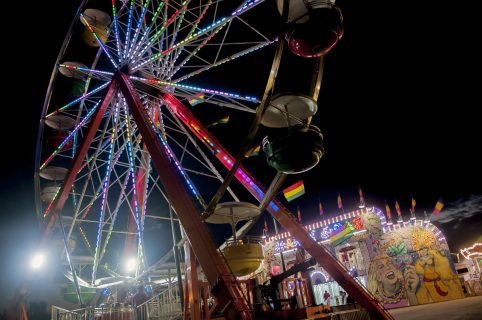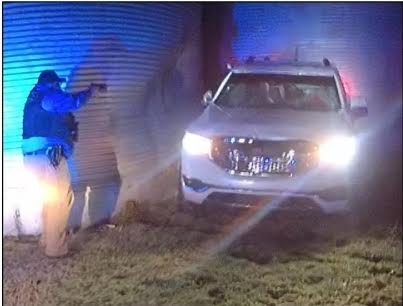Soul Nebula, near Heart Nebula, resembles an embryo
Published 8:00 am Saturday, November 11, 2023

- The Soul Nebula, also known as the Embryo Nebula.
Each Nov. 2, we celebrate All Souls Day. In Mexico, it is known as El Dia de los Muertos. On this day, we remember the loved ones who have passed away.
The sky honors this day with the Soul Nebula, also known as the Embryo Nebula, for its resemblance to an embryo. This nebula was discovered by William Herschel on Nov. 3 1787. It is 7,500 light years away in the constellation Cassiopeia near the Heart Nebula.
Trending
We will feature the Heart Nebula, during the month of February, in celebration of Valentine’s Day. It is this proximity to the Heart Nebula that the Soul Nebula has been given this nickname, related to the phrase “heart and soul.” It is about 100 light years across and is a star forming region illuminated by the light of the young stars which activate the surrounding hydrogen and dust clouds. The stars in the region are less than a few million years old. In comparison, our sun is 5 billion years old.
The Soul Nebula is being carved out by the stellar winds from the stars within it, and in the process it leaves behind large pillars of material pointing inward. These pillars can be more than 10 light years long, are very dense and stars are being formed at their tips. The faint bluish color seen in the center of the nebula is due to the ionization of oxygen molecules. This is in contrast to the red color of the rest of the nebula, which is caused by the radiation of the young stars on the hydrogen molecules.
The Parker Solar Probe was launched by NASA in 2018 with the mission to explore the outer corona of the sun. It will reach its destination of 4.3 million miles from the center of the sun in 2025. This probe has the unique quality of being the fastest object ever built by humans. Currently, it is traveling at the incredible speed of about 400,000 mph on its way to its maximum speed of 430,000 mph (0.065% the speed of light). This is fast enough to travel from Bowling Green to Lexington in one second, just in time for Keeneland horse racing. Yet, it would take the probe 13 million years to reach the Soul Nebula!
The vastness of the universe is staggering!
– Dr. Carlos Rotellar is a Bowling Green nephrologist who has had an interest in astrophotography and has been taking images of the universe from his driveway for several years. Website: Skyastrophotos.com






